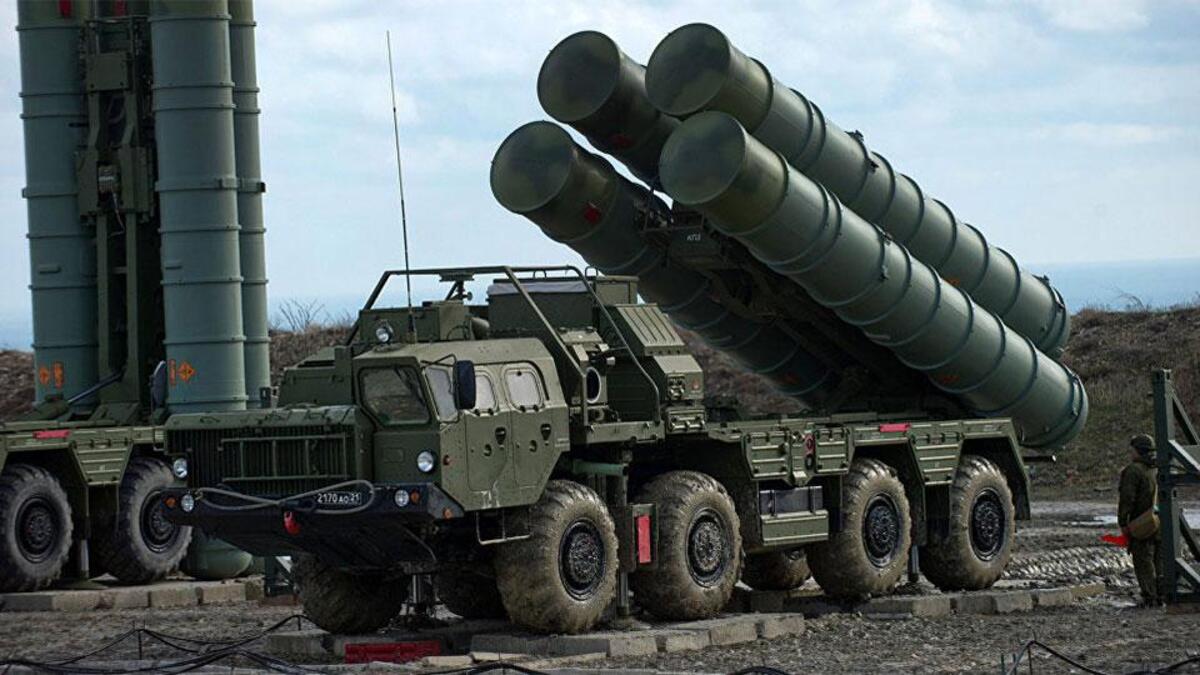The Ukrainian armed forces have allegedly been trying to destroy Russia’s S-400 air defense system using AGM-88 HARM anti-radiation missiles recently provided by the US.
A Russian-language edition of The Eurasia Daily (EAD) reported on August 24 that for the past three weeks, the Ukrainian military has been trying to use AGM-88 HARM missiles to destroy illumination radars of the S-400 and Buk-M3 anti-aircraft missile systems that are positioned to provide air defense umbrella over Kherson and Nova Kakhovka.
According to EAD, the AGM-88’D’ variant of the missile was used to strike a specific S-400 position, but it failed to reach its target and instead landed in an apartment building in the Kherson region.
The EAD appears to be referring to the remains of an AGM-88 missile that were said to have been recovered from a house in Kherson Oblast earlier this month. However, it is unclear if the missile in question was the D variant of the AGM-88.
#Ukraine: Another AGM-88 HARM anti-radar missile was spotted in Ukraine – this time an unexploded missile was found in #Kherson Oblast.
It has some damage similar to shrapnel hits which may have been received from air defense interception, however a malfunction is also possible. pic.twitter.com/gaaTAizKlS
— ?? Ukraine Weapons Tracker (@UAWeapons) August 11, 2022
The AGM-88D has GPS tied to its inertial navigation system (INS), unlike the older models, which would flow to the general target area using INS and then home in on emitters using a passive seeker.
Combining GPS with INS allows the AGM-88D to function in the Pre-Briefed Mode, in which the coordinates of the enemy radar site are already fed to the missile.

Since there was no indication that the house was the target, reports suggested the missile might have either malfunctioned; based on the possible shrapnel holes in the remains of the missile, it might have even been intercepted.
According to the EAD, the crew manning the Russian air defense system was able to detect the incoming AGM-88D missile and shut down the radars, depriving the missile of the ability to home in on the radiation.
The EAD noted that the incoming missile could have been detected by the 9S18M3 Kupol detection radar of the Buk-M3 complex, the all-altitude VVO 96L6 detector of the S- 400, or even the Gazetchik-E complex, designed to protect the ground-based radars from enemy anti-radar missiles.

In addition, the EAD reported that the GPS inside the missile could have been jammed by the Russian electronic warfare complexes of the R-330Zh Zhitel or R-330M1P Diabazol, leaving the AGM-88 with INS alone, which could not provide the accurate guidance needed for a successful hit.
The article by the EAD also warned that going ahead, such anti-radiation strikes could increase, and the Ukrainian forces could fire a large number of AGM-88 missiles to saturate the Russian air defense system, further suggesting that the ‘Tor-M2U’ could be the most appropriate air defense system to counter such a threat.
The report estimates that each 9A331M Tor-M2U combat vehicle could destroy at least 6-8 HARM missiles, and therefore an entire battery of 4 Tor-M2Us could engage with 24-64 AGM-88D missiles if deployed together with a unified battery command post “Ranzhir-M,” and the Poldlet-K1 or Gamma-S1 radars, for target designation.
- Contact the author at tanmaykadam700@gmail.com
- Follow EurAsian Times on Google News




